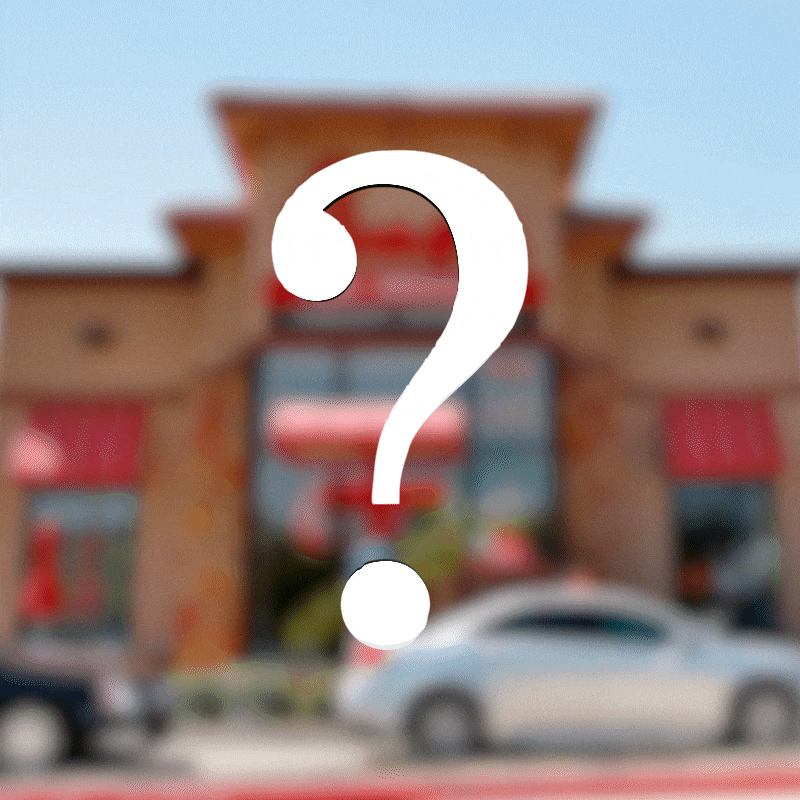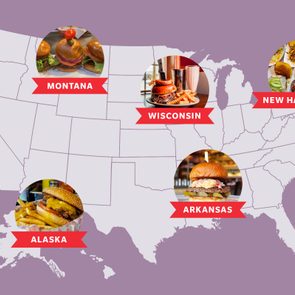What Is Poutine—and Is It the Next Comfort Food Craze?
Updated: Oct. 04, 2023
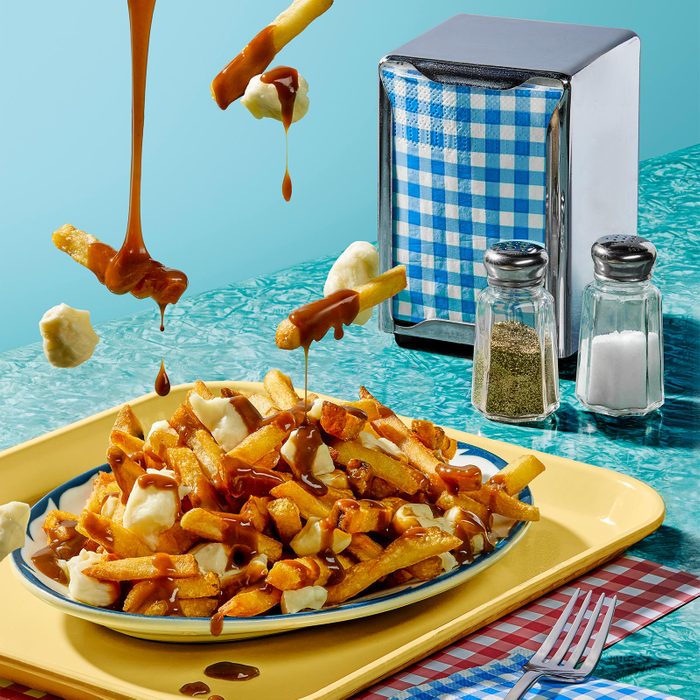
This Quebecois treat, as delicious as it is messy, has taken the world by storm
At any time, in almost any eatery north of the border, diners are digging in to plates piled with poutine. Born in Quebec, this artery-clogging comfort food—crispy fries topped with cheddar cheese curds and doused with beef gravy—is finding fans far from home. But what is poutine, and where is it from?
The word poutine likely comes from a Quebecois slang word for a “mess”—an admittedly apt description. Poutine superfan Sylvain Charlebois, a food economist and the author of Poutine Nation, confirms that the earliest version of the dish was invented in 1957 in Warwick, a small dairy town in southern Quebec, where cheese curds are sold in bags as a snack. A hungry takeout customer named Eddy Lainesse asked restaurateur Fernand Lachance to put cheese curds and fries together in a brown paper bag because he was in a hurry, to which Lachance replied, “Ça va faire une maudite poutine!” Translation: “That’ll make an unholy mess!”
The combination became a hit in casse-croûtes (snack shacks) across the province, but poutine first boarded the gravy train in 1964 in the nearby town of Drummondville, when the young owner of Le Roy Jucep diner, Jean-Paul Roy—who just so happened to be a trained saucier—was the first to douse the fries and curds with gravy.
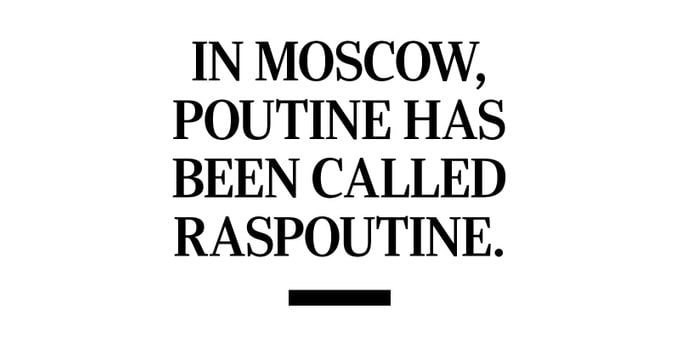
Poutine is now a symbol of pride in Quebec, and the rest of Canada has fully embraced it too. Most of the big fast-food chains in the country, including McDonald’s and KFC, have it on their menus. Plus, the chain Smoke’s Poutinerie offers more than 20 variations, including “country style,” with bacon, mushrooms and green peas, and even a “Philly cheesesteak” poutine, featuring slices of flat iron steak, cheese sauce and red peppers.
In the United States, eateries have come up with their own versions. Duckfat, a sandwich shop in Portland, Maine, serves it slathered in gravy made with roasted duck bones. New York City’s Desi Galli, a street-food joint, drenches it in curry sauce and paneer. Some places specialize in the dish, such as Maudite Poutine in Burlington, Vermont.
In some states, you might come across cousins of poutine such as disco fries (named for the disco-goers of the 1970s and ’80s who ordered them as a late-night snack after a long night of dancing). Sometimes called Elvis fries, this diner favorite is made with shredded mozzarella instead of curds and a thicker, darker gravy. Fast-food fans can have a poutine-like experience with cheese-sauce-topped Baconator fries at Wendy’s, Taco Bell’s nacho fries, and a West Coast favorite: In-N-Out Burger’s animal-style fries, featuring American cheese and caramelized onions.
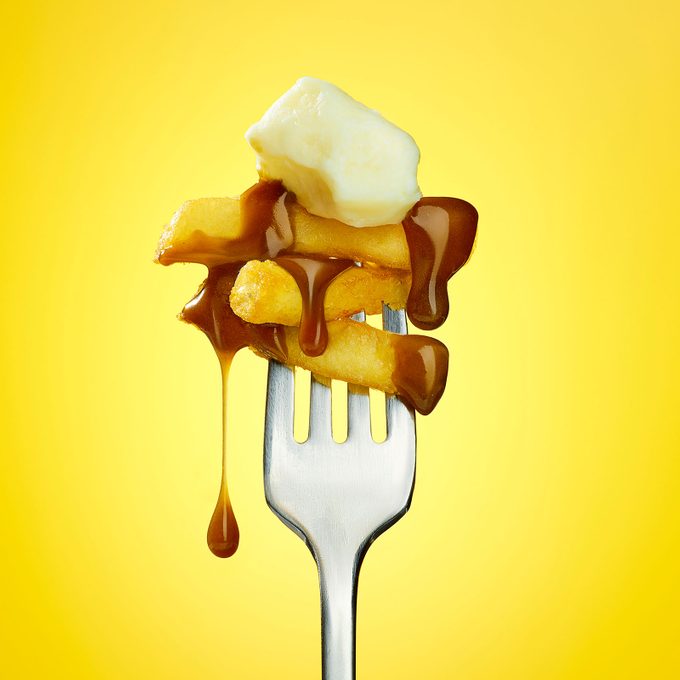
But anyone wanting the real deal can search online for the best local poutine spots in London, Paris, Shanghai, Tokyo, Moscow (where it has been called raspoutine) and elsewhere.
Charlebois compares the story of poutine to the glorious rise of pizza, another unfussy combo of carbs, cheese and sauce, something unsophisticated but so tasty it became a global sensation.
Whether poutine is ever going to be as universally popular as pizza is anyone’s guess. But if you haven’t yet, give it a chance. You may just find that the unpretentious dish is so much more than the sum of its parts.

